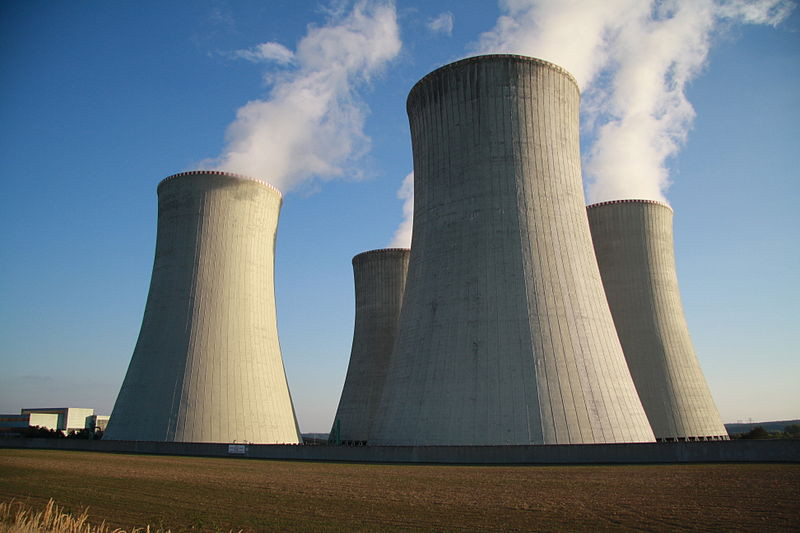“Proposed sites for the deep geological [nuclear] repository in Canada are almost all on traditional First Nations land, in a practice that has been termed nuclear colonialism.”
Note to ministers from 25 nations: Prepare to be dangerously greenwashed.
This week Vancouver is host to a summit of ministers from over 25 countries gathered “to accelerate progress toward a clean energy future.”
Created in 2010, the Clean Energy Ministerial describes itself as a “high-level global forum to promote policies that advance clean energy technology” and “to encourage the transition towards a global clean energy economy.”
As we face massive environmental challenges, a transition is clearly needed. The problem is that one significant focus of the CEM is to find ways of preserving the existing energy infrastructure while greenwashing it.
Case in point: the cleverly termed NICE Future, which stands for Nuclear Innovation: Clean Energy Future, that was set up in 2018 by the CEM initiative. Its stated aim is “to initiate a dialogue on the role that clean and reliable nuclear energy can play in bolstering economic growth, energy security and access, and environmental stewardship.”
In the case of nuclear energy, the most difficult environmental legacy is the radioactive waste produced by all nuclear reactors. Radioactive waste is inextricably linked to nuclear energy production, because each nucleus of uranium or plutonium gives rise to radioactive fission products as they break apart. Other radioactive “transuranic elements” are produced when uranium-238 in the fuel absorbs a neutron, again an inevitable occurrence in nuclear reactors.
The problem is that it takes hundreds of thousands of years before the radioactive materials decay to levels that could be considered relatively safe. For those long periods of time, this waste will have to be kept away from human contact — an unprecedented challenge for which there is still no demonstrated solution. MORE
RELATED:

